Item Type and Item Class OverviewAbout Item Type Item Types are used to differentiate between kinds of Items in order that different behaviour can be assigned to them. The benefits of using items classes are for general organisation and more specifically: Code Sequences: You can automatically assign codes to items, such as formulations and raw materials. Each class of item can have an individual style of item code assigned. Code sequences can optionally be assigned based on the user ID. Formulation / Composition changes: You can target global item composition modifications by Item class. For example you can specify a global change is targeted at formulations in the Flavour Item class but not the Fragrance Item class. Find Matching Items: You can search for specific item classes in ‘Find Matching Items’ by expanding the Item classes section for Formulations and Raw Materials. User access: You can restrict User access to specified Item classes in Permissions on Formulations and Permissions on Raw Materials. This can be useful if you have multiple divisions and want divisional control of products, or to allow only the regulatory department to make changes to properties of regulatory use raw materials. You can also hide items from view using Item classes, for example you could add an Item class for ‘Obsolete Ingredients’ and assign this Item class to obsolete raw materials and prevent product developers from using them in active formulations. Property Calculations: You can limit property calculations so they focus on specific Item classes and do not calculate results for other Item classes. This option is specified in Property Type. The default is to calculate properties for all Item classes and this is almost always the best approach as it is the most transparent and less likely to cause confusion. |
|---|





















